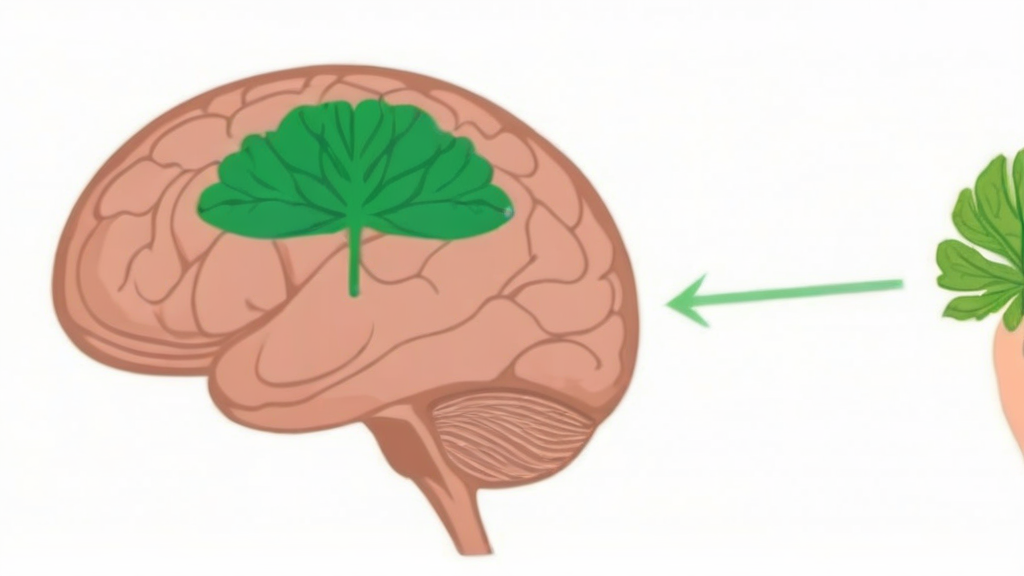Introduction
Cannabidiol (CBD) is a compound known for its therapeutic effects on the human body. Although there are still many questions about how exactly CBD works, it is believed that it interacts with specific cellular receptors to exert its beneficial properties.
Cellular receptors and physiological responses
CBD affects our bodies by binding to receptors found on the surface of cells. These receptors act as ‘gate locks’ to cells and, when activated by compounds such as CBD, transmit signals that regulate different biological processes in our body systems [[1]].
Receptors of the endocannabinoid system
In the case of the human endocannabinoid system, the most important receptors are the cannabinoid receptor type 1 (CB1) and the cannabinoid receptor type 2 (CB2). CB1 is found in the central nervous system, while CB2 is concentrated in the peripheral nervous system, digestive system, and immune system [[2]].
Interaction with other receptors
Unlike THC, which primarily interacts with receptors in the endocannabinoid system, CBD modulates several non-cannabinoid receptors, such as serotonin receptors. These receptors influence pain, mood, and sleep [ [3] ]. Furthermore, CBD also acts through several receptor-independent pathways, making it a pleiotropic compound with multiple effects [[4]].
Main ways in which CBD produces its effects
Serotonin receptors (5-HT1A)
CBD binds directly to the 5-HT1A receptor, which is related to the control of emotions, mood, and other biological processes. These receptors are found in both the central and peripheral nervous systems [[5]].
Vanilloid receptors (TRPV1)
CBD also binds to TRPV1 receptors, which are involved in the perception of pain, inflammation, and body temperature [[6]].
Orphan receptors (GPR55)
CBD works as an antagonist of the GPR55 receptor, which is related to the modulation of blood pressure and bone density. By blocking this receptor signaling, CBD can decrease bone resorption and the proliferation of malignant cells [[7]].
Nuclear receptors (PPAR)
CBD activates PPAR receptors, which are involved in lipid uptake, insulin sensitivity, and other metabolic functions. This may be beneficial for patients with diseases such as Alzheimer’s and diabetes [[8]].
Allosteric modulator
CBD functions as a negative allosteric modulator of the cannabinoid CB1 receptor, meaning it weakens its ability to bind THC. This reduces the side effects produced by THC, such as anxiety [[9]].
Conclusion
CBD interacts with our body through various cellular receptors, allowing it to produce a wide range of therapeutic effects. Although much remains to be discovered about how exactly it works, CBD has been shown to have beneficial properties in the treatment of various medical conditions [[10]].
